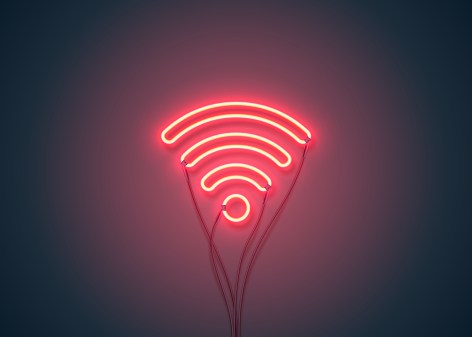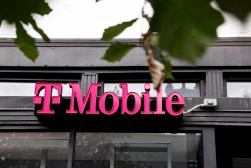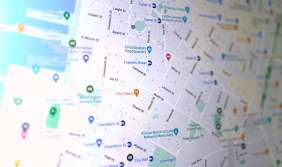New York City turning public pay phones into free Wi-Fi hot spots
New York City plans to convert thousands of public pay phones into high-speed Wi-Fi hot spots starting next year, city officials announced Monday.
Called LinkNYC, the program would offer the public free Internet access and free domestic calling on cellphones or using a built-in keypad. The wireless kiosks would also provide a charging station for mobile devices and offer access to city services and directions. Advertising revenues from the kiosks’ digital displays will fund the program.
CityBridge, a group of companies that includes Qualcomm and Titan, will develop and operate the Wi-Fi initiative.
The new network would be 100 times as fast as average municipal Wi-Fi systems, according to the city’s Department of Information Technology and Telecommunications and reports from The New York Times and other media outlets. As part of the plan, the city hopes to put in 10,000 kiosks throughout the city. Currently, there are 8,400 pay phones.
The kiosks will support as many as 250 devices within a range of 150 feet, officials said, and collectively cost more than $200 million to install.
The mayor’s office characterized the effort as a way to address income inequality. Maya Wiley, counsel to the mayor, said low-income people disproportionately used cell phones to reach the Internet. “It’s going to help us close the digital divide,” Ms. Wiley said during a briefing about the plan at City Hall.
Bill de Blasio called expanded broadband access “essential for everything we need to do to be a fair and just city” in a statement.
Critics of the project, however, worry about how effectively the city will manage privacy issues. Another concern: When the city lost power during Hurricane Sandy, pay phones remained one of the few networks that kept working. City officials say backup batteries would allow for 911 calls to be made for at least 24 hours after power went out.






